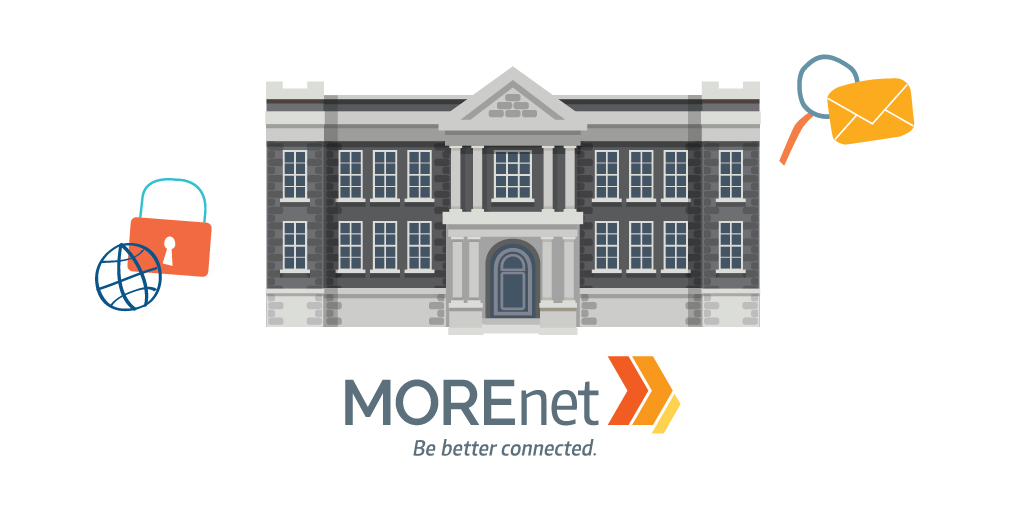
IoT (Internet of Things) is expanding into every aspect of our lives. Our homes are getting smarter with each connected device we install. Voice activated personal assistants play music, update us on the latest news stories, control our lights, TVs and security cameras, order groceries and more. More and more IoT devices are being introduced every day.
Every year the Consumer Electronics Show (CES) unveils a new batch of IoT as well as improvements to existing products. The market is extremely competitive. Some of the connected devices highlighted included TVs, headphones, robots, numerous kitchen appliances, wearables and apps for your mobile devices to control various devices.
The manufacturers rush to market with their new shiny gadgets. Although there are some FCC regulations that must be met, the manufacturers have little guidance in the area of security. Hoping their product will catch the eye of the consumer and find a place in the home it will then fall upon the consumer to make sure the environment is secure.
Introducing multiple connected devices will require vigilance on the part of the consumer to secure the devices and the way they interact with each other. There are some basic precautions that should be taken.
- Read reviews on the product before purchasing. Check the security, safety and reputation of the product.
- When connecting your device change the default password and configuration. Use a strong password.
- Use different passwords for each device.
- If possible, create a separate network for connected devices.
- Turn of Universal Plug and Play or automated ways for devices to discover each other.
- Update the device with the latest firmware. It’s possible that the device has been on the shelf for a while and the manufacturer has released updates that should be applied. Regularly patch all devices.
- Before installing apps make sure to read and understand the privacy policy.
- Disable microphones and cameras when not in use.
Your network of connected things is only as strong as the weakest link. Once a hacker infiltrates your environment they are free to move around and cause problems or steal your personal data.
Resources
Researchers Reveal How Smart Lightbulbs Can Be Hacked to Attack
5 IoT Devices That Can Become Entry Points For Hackers
IoT Security is Bad. It’s Time to Take a Different Approach.
